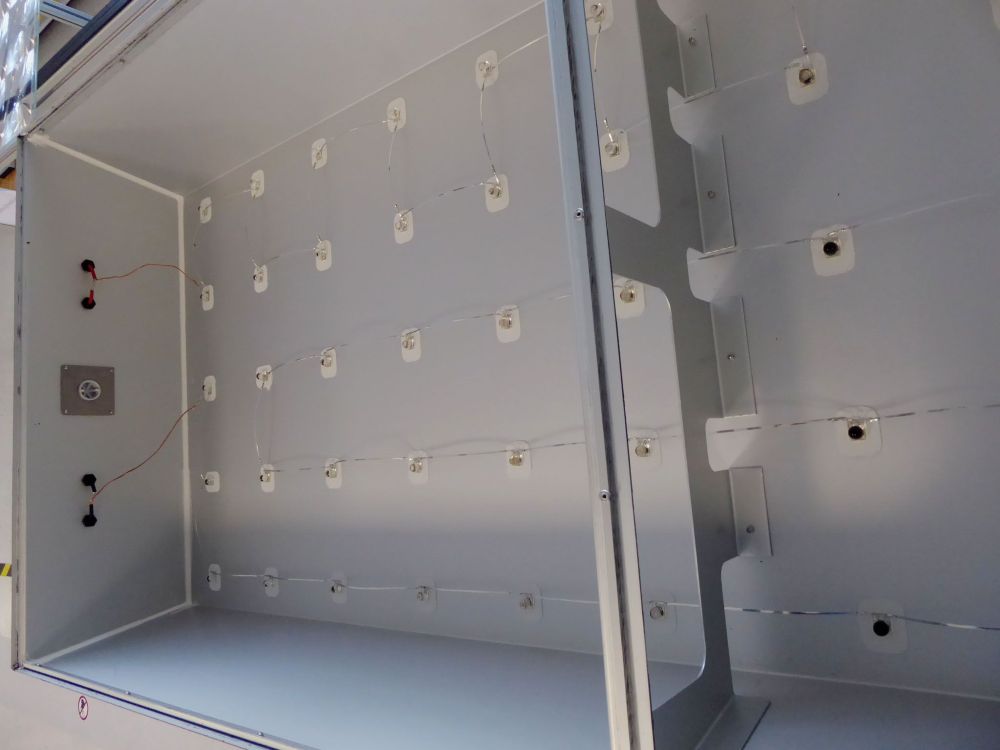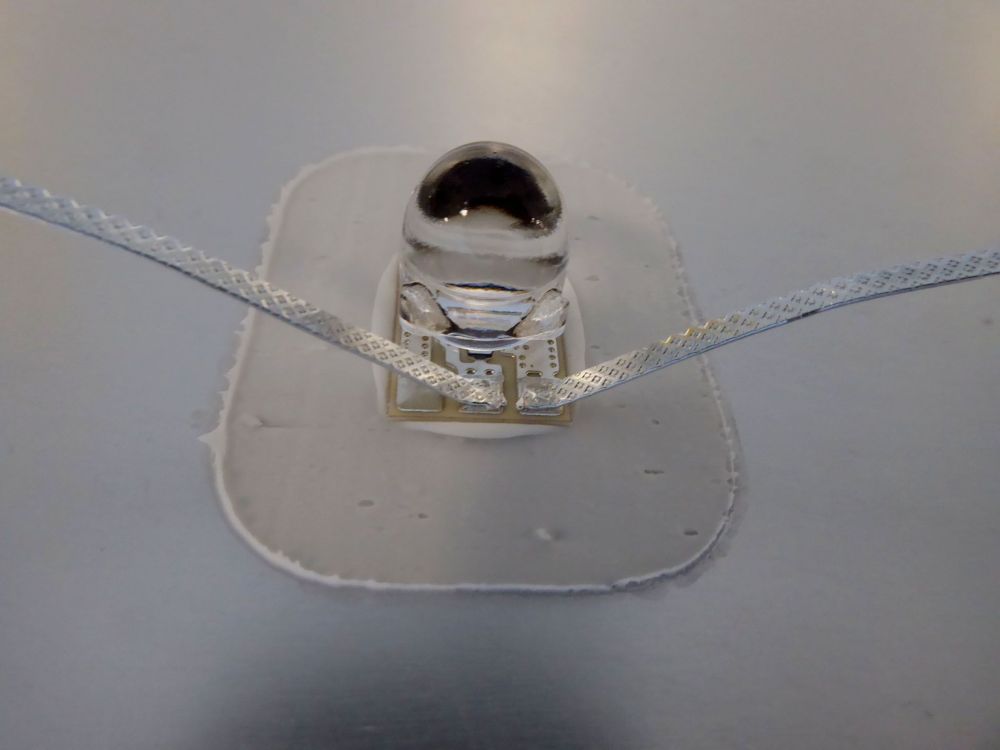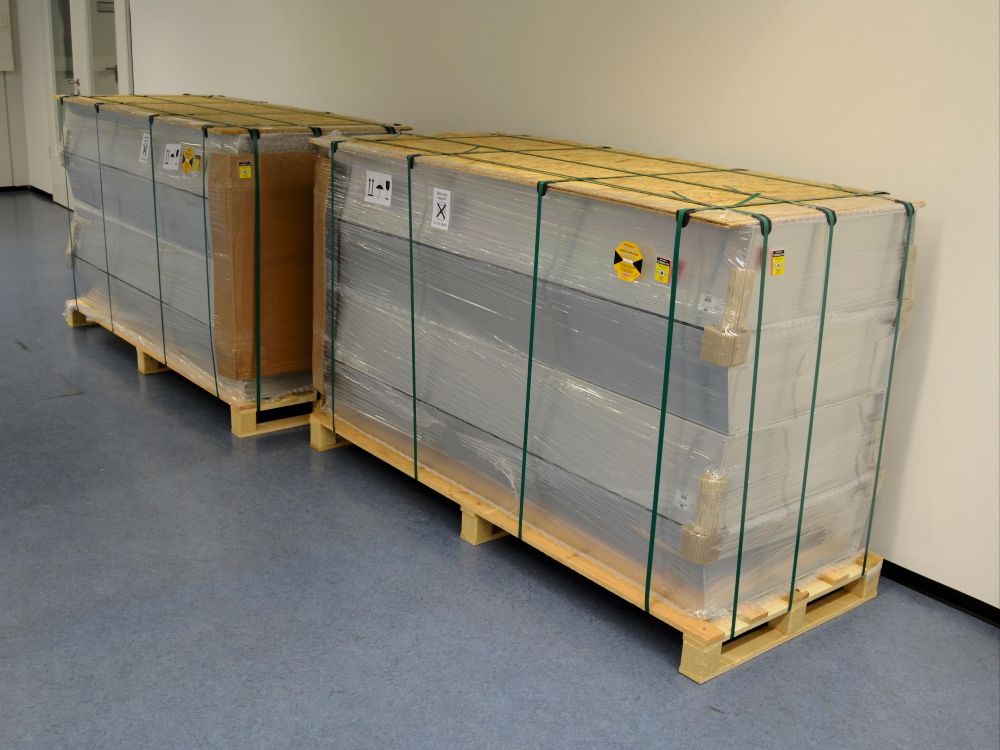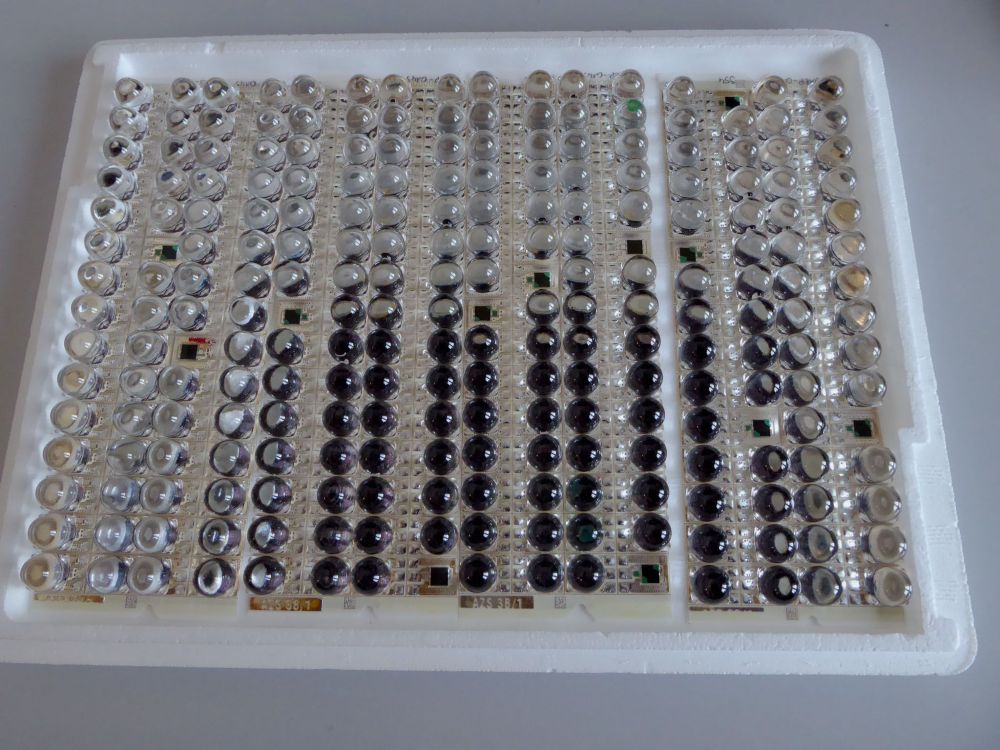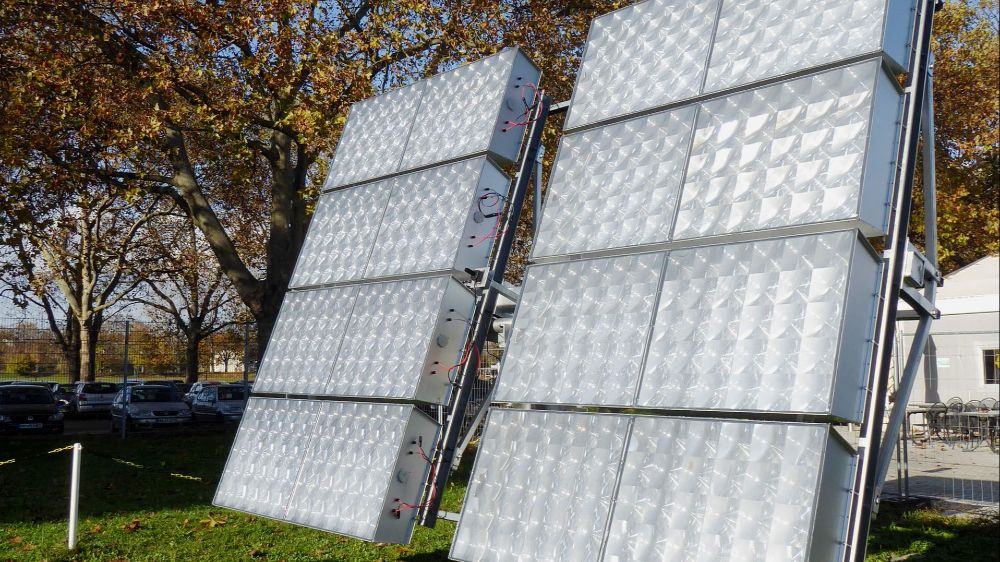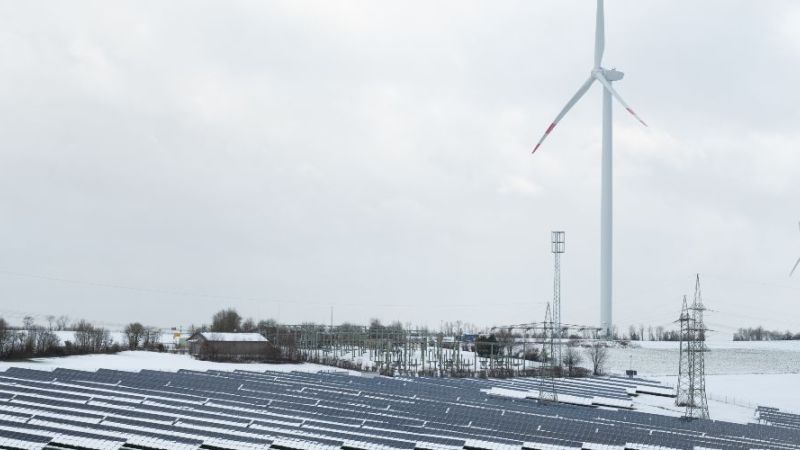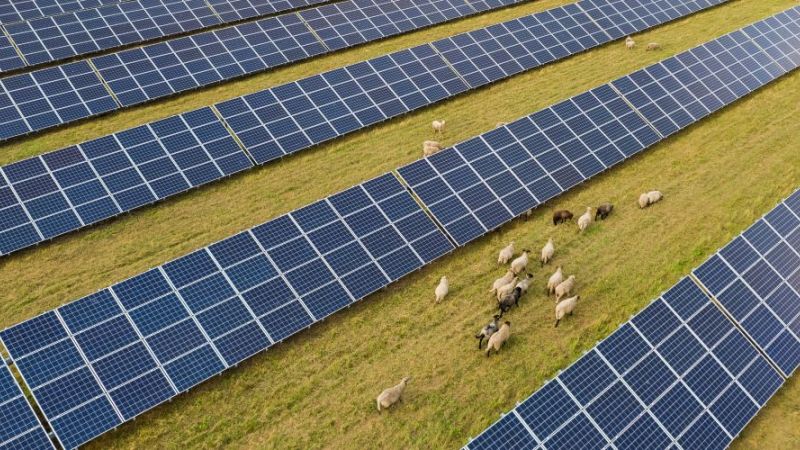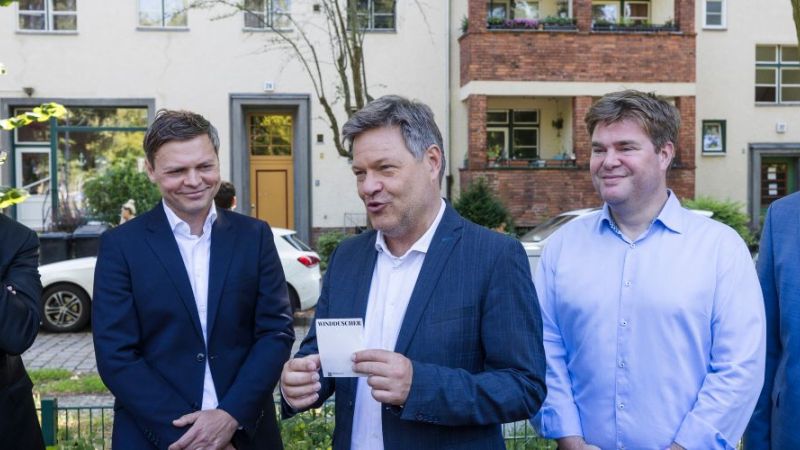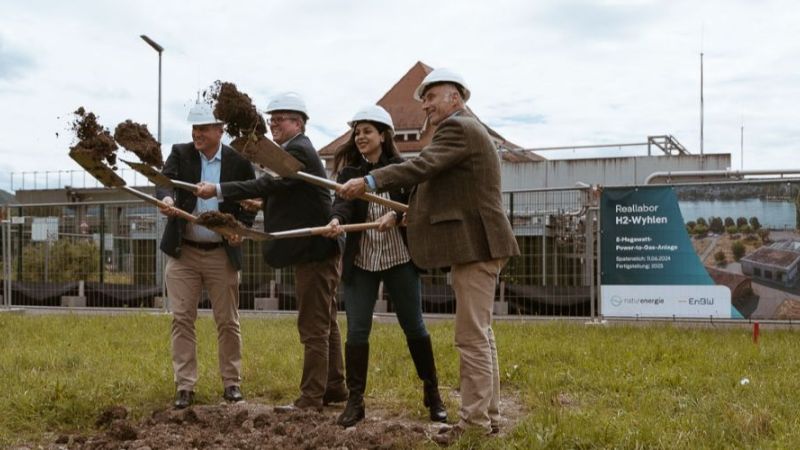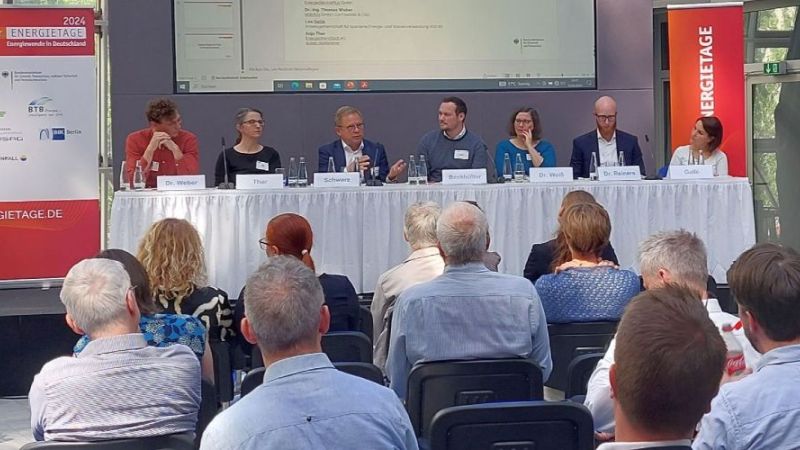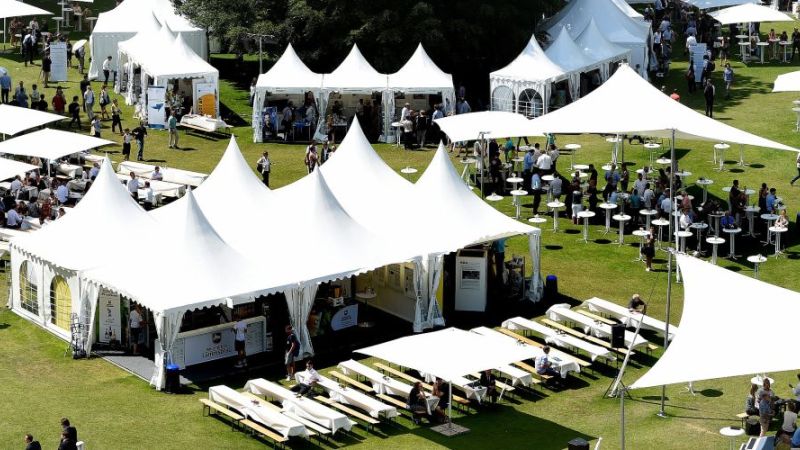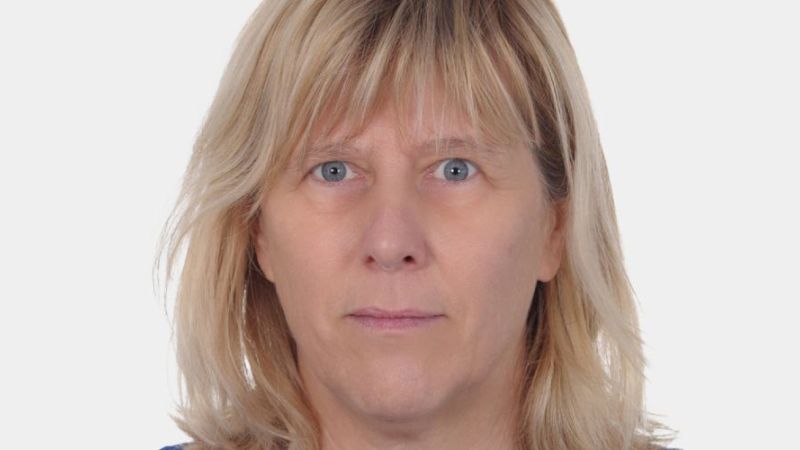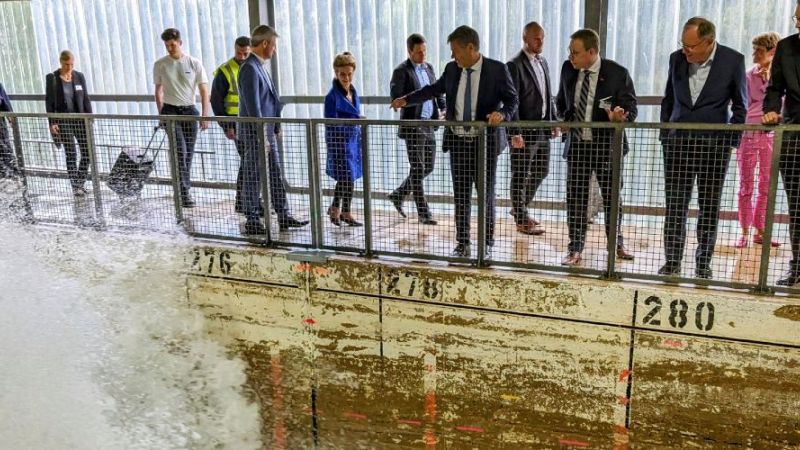 © AZUR SPACE Solar Power GmbH
© AZUR SPACE Solar Power GmbH
Photovoltaics
Simple structure of concentrator photovoltaic modules
Concentrating photovoltaic systems focus the sunlight so that it reaches the solar cells in a bundled form. The method is particularly suitable for regions with a high proportion of direct solar radiation in the Earth's so-called sun belt. Manufacturers are therefore also planning to produce the modules in future near potential installation sites with local partners. The new modular concept saves costs by avoiding long transport routes and opens up new business areas. This was achieved by optimising and simplifying the production process of the modules. It is intended that the highly efficient solar cell receiver units and the special stepped Fresnel lenses will continue to be produced by manufacturers in Germany.
Concentrator photovoltaics achieve high efficiency
In concentrator photovoltaic technology, the sunlight in the module is focused on a receiver unit by a material-saving and therefore cost-effective stepped Fresnel lens. Here, the light is additionally bundled by an additional so-called secondary lens and then converted into electrical energy in a very small high-tech solar cell (smaller than 1 square centimetre) in a highly efficient process.
The method saves semiconductor material, but requires the use of high-quality multi-junction solar cells, also known as tandem or stacked solar cells. They consist of two or more solar cells stacked on top of each other, which make better use of the spectrum of sunlight compared to conventional silicon solar cells. This allows them to generate more electrical energy and enables a high efficiency of up to 44 per cent. Such solar cells are comparatively expensive, which is why they are not suitable for conventional, full-area solar modules.
Scalable modules for new markets
Being able to manufacture the concentrator photovoltaic modules, or "CPV modules" for short, on site, requires a structure that is simple, robust and very cost-effective.
Many different companies are currently working with concentrator photovoltaic technology, each pursuing their own approaches. The complex technology is often underestimated and there are only a few production-ready modules on the market. This is where the CPVMod research project comes in, short for "CPV module in modular structure". The project partners have many years of experience in the production of concentrator photovoltaics. They have developed an efficient and high-quality module that can be produced with simple manufacturing methods. The aim was to develop an optimum module size and to minimise the use of materials and production steps. The new concept enables customers to produce the new modules in the immediate vicinity of the installation site, the concentrator solar power plant. This eliminates costly and long transport routes for the large modules.
Customers can obtain construction plans and other instructions for production and manufacture parts of the module, such as the module frame, locally. Furthermore, the modular structure offers the possibility to develop own module frames and to obtain only the high-tech components, such as the Fresnel lenses and the receiver units, from specialist companies.
The project teams initially selected the size of the modules so that they would fit through doors and into elevators and could be easily installed by two people. However, the dimensions can be changed effortlessly, based on the same basic components. The modules can then be connected to generators of any size.
Modules and materials in long-term testing
In further investigations, the scientists carried out ageing tests on individual assemblies (module frames) and on entire modules. The aim was to ensure the long-term stability of the new module design and the materials used. These tests did not show any influence on the module performance. Only a test with strong UV radiation and humidity showed that gas escapes from the sealing silicone used. This resulted in a thin silicone film settling on parts of the Fresnel lenses, thereby impairing the look and efficiency of the module. The project partners consequently replaced the silicone used with a high-quality sealing silicone, which is already used to fix the receiver units.
Mechanical stress tests on aged modules and two different sample modules ultimately confirmed a very good mechanical strength.
Module production successfully tested
Within the research project, the project teams produced modules within a first production line at low cost and then successfully tested them with regard to quality and output. The modules being produced at present achieve an output of 430 watts under standard conditions. This corresponds to an efficiency of 31.9 per cent on the active module surface compared with around 20 per cent for modules with silicon solar cells currently available on the market.
AZUR SPACE produces first modules for demo projects
In Heilbronn, AZUR SPACE has built a production line for high-tech solar cell receivers with an annual capacity of 50 megawatts. Furthermore, a demo module line with a production capacity of around 20 megawatts can produce enough modules for the acquisition of new products and possibly further development. The production plant can also serve as a training centre for potential customers. At present, concrete plans for additional module production lines already exist for countries with high direct solar radiation, such as Namibia and Mexico.

